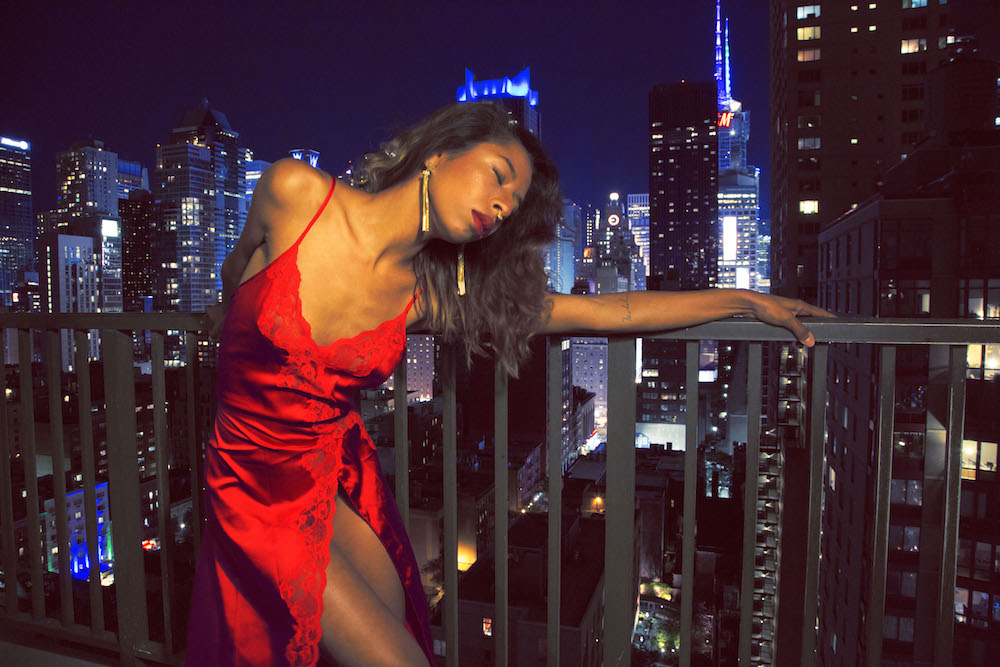Mimi’s Last Dance (Excerpt)
November 8, 2016
As a child of the 90s, advertisements for the musical RENT lined 42nd Street in bright colors and decaying letters. It made its Broadway debut in 1996, during the turning point for HIV medications and the Giuliani crackdown that gentrified the city. Times Square began its transition from Peep Show World to Disney Land, moving out the abundance of sex workers, and increasing the numbers of Stop and Frisks. For years this poster titillated my senses. Its raw, avant-garde composition and youthful subjects caught my eye. My curiosity increased when I saw “Seasons of Love” performed live during a free concert exhibiting selected Broadway shows. Unaware of the content, I instantly fell in love with the music. It moved me to tears and I awaited the day that I could sit in the theatre to see the production in full. The following year it was announced that my 7th grade class would be going to see the show on a field trip. Many of my peers almost cried when the permission slips were passed out. They began discussing their favorite moments, reciting lyrics, comparing and contrasting favorite characters. A smile came over my face, as I imagined walking into the theater and hearing the song about love and resilience.
I sat quietly amongst friends and multiple groups of young, bubbling pre-teens during the special school performance. Some months prior, I had read in a small blurb in a magazine that RENT was an adaptation of Puccini’s La Bohème, but that its main characters challenged the average Broadway-goer with the heavy subject matter of HIV/AIDS. In those days my stomach used to turn when I heard those letters, my temperature reflecting that of a woman at the onset of menopause. Unexpectedly, I felt a sense of relief, thinking that maybe there was a place for me on that stage. As the house lights dimmed, I felt nerves come over me. I knew there would be themes that would pull at my heartstrings. I feared that my classmates would pass judgment, unaware of my status and the traumas that accompanied it. As the cast took the stage a wave of excitement filled the theater and the show started off with a bang. It was obnoxiously loud at first and I was sitting close to a set of speakers that almost blew out my eardrums. In fact I’m almost sure that seeing the show as many times as I did factors into my poor hearing. About halfway through Act 1, the female character I had seen for years on the posters made her entrance. She had a confidence about her that caught my attention instantly: a striking beauty and unapologetic fearlessness. She was young, brown and surprisingly was living with HIV. She had cascading curls that oozed an abundance of golden glitter. She wailed and swung dangerously from the set, reminiscent of a city fire escape. I saw myself 24 floors high on my own balcony.
They call me Mimi, she said.
Excerpted from Lost and Found: Dance, New York, HIV/AIDS, Then and Now.
